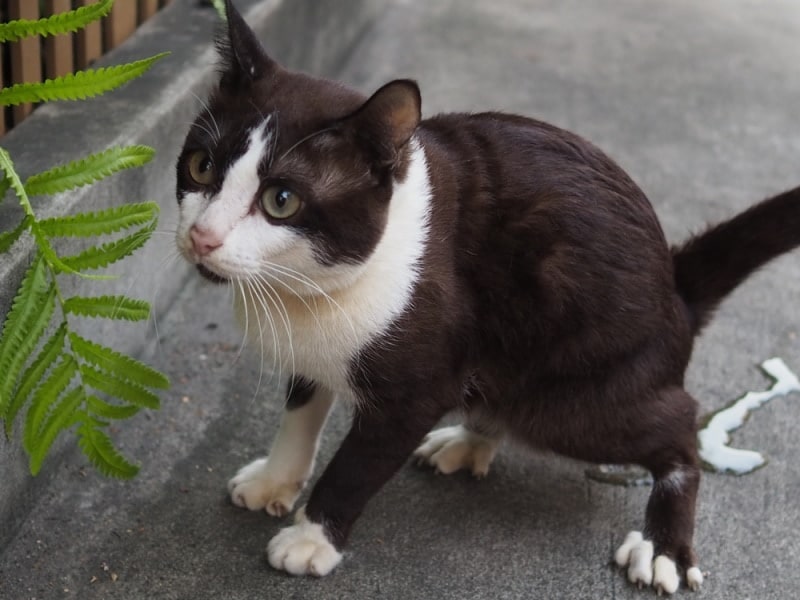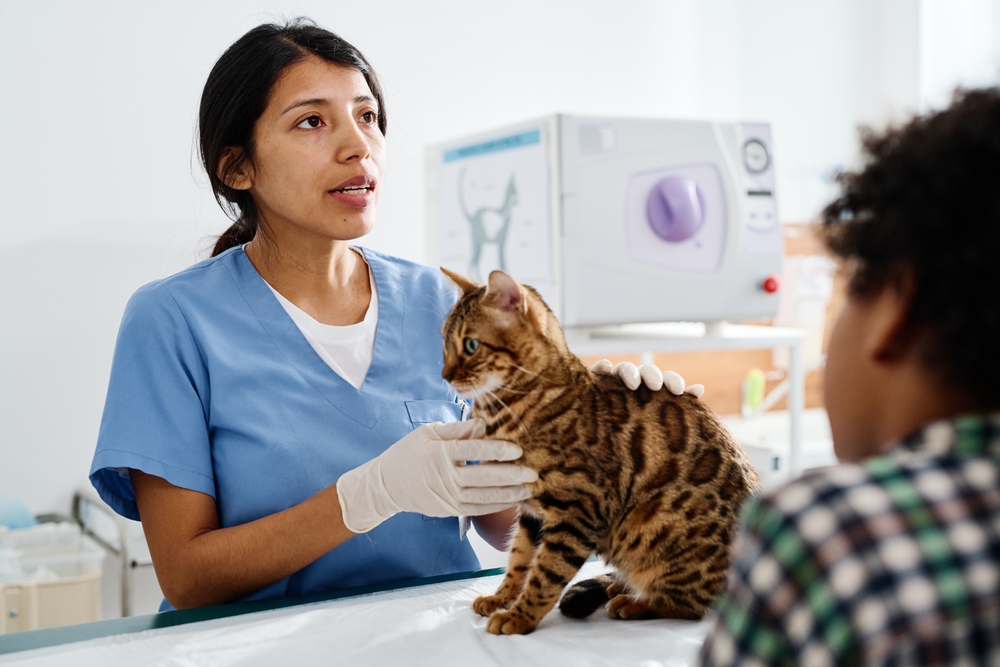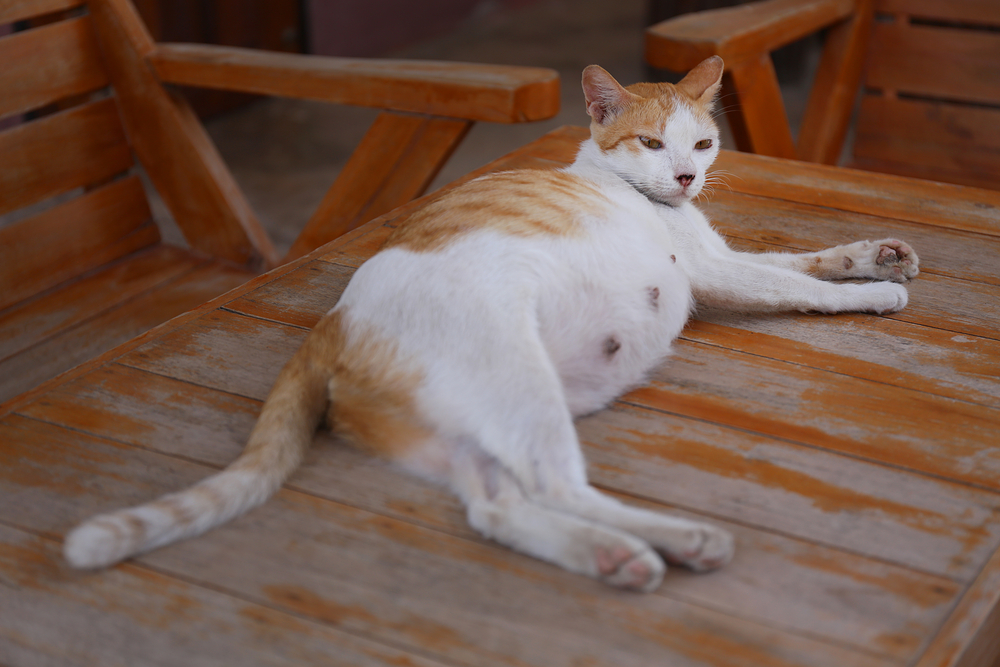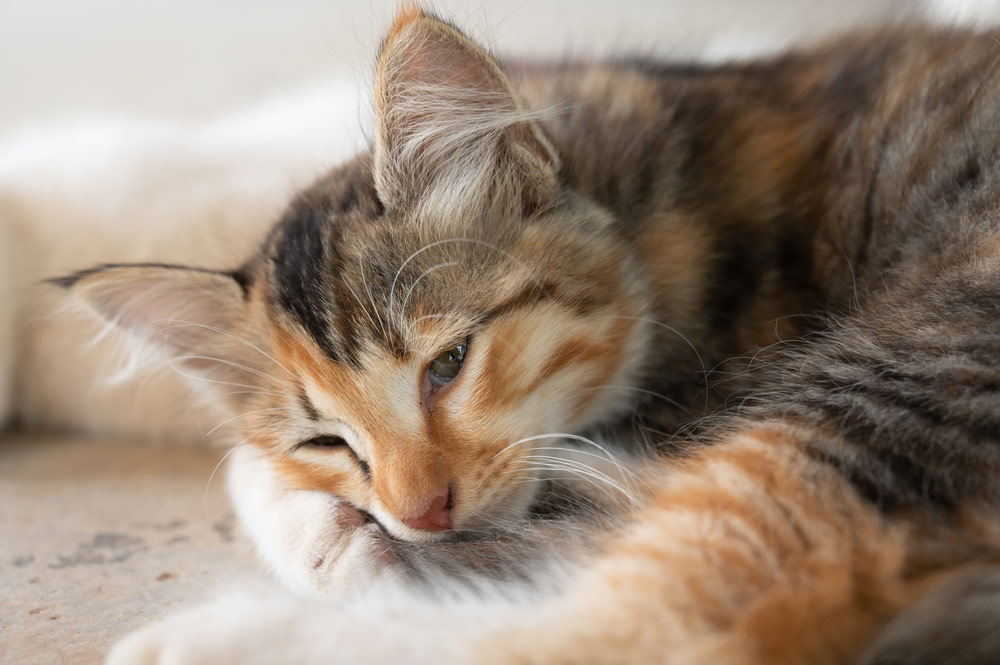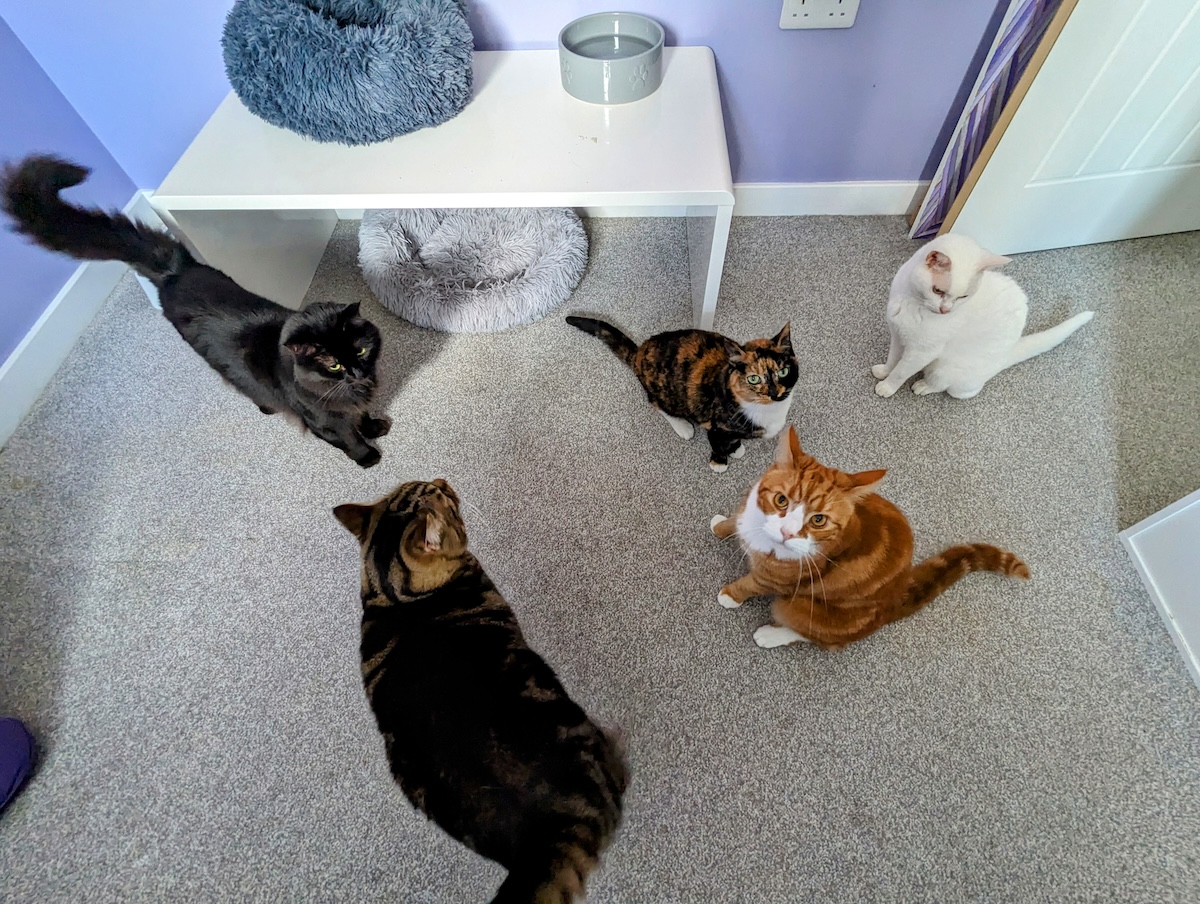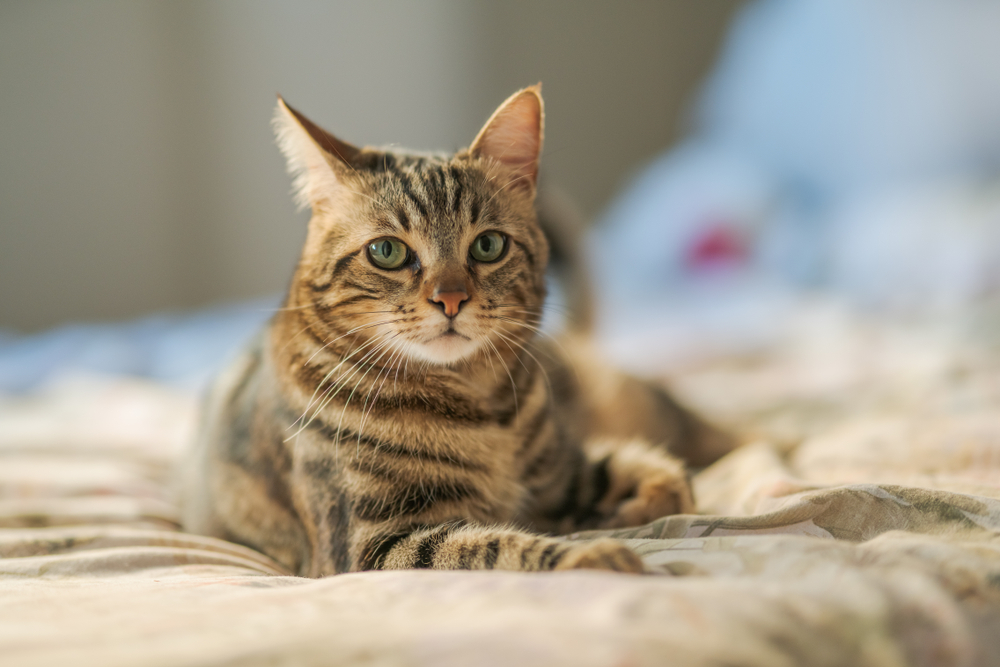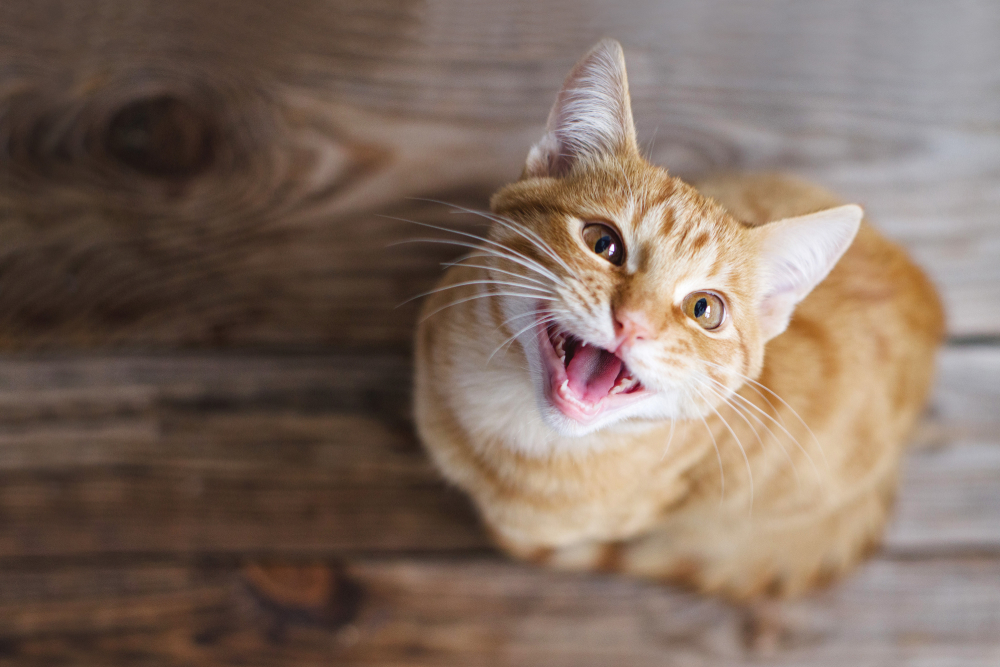Click to Skip Ahead
Your cat urinated outside the litter box, so you took them to the veterinarian. Your vet diagnosed them with a urinary tract infection and started your cat on antibiotics, but nothing seems to improve. Why hasn’t your cat’s urinary tract infection cleared up?
Your veterinarian likely performed a urinalysis on a sample of your cat’s urine to diagnose a UTI. They likely chose an empirical or first-line antibiotic to help your cat. Your cat’s urinary signs should improve within a couple of days of antibiotics.
If not, there could be something else going on, and getting to the bottom of it is crucial to get your cat—and you—relief.
The 6 Possible Causes of Your Cat’s UTI Not Clearing Up
1. Resistant Bacterial Infections
Some cats, just like some people, have urinary tract infections caused by bacteria that the initial antibiotics don’t treat or ones the bacteria are resistant to. Vets pick first-line antibiotics because those treat most infections. If your cat isn’t responding, it’s time to look further with a urine culture, especially if your vet could see bacteria under the microscope on the initial urinalysis.
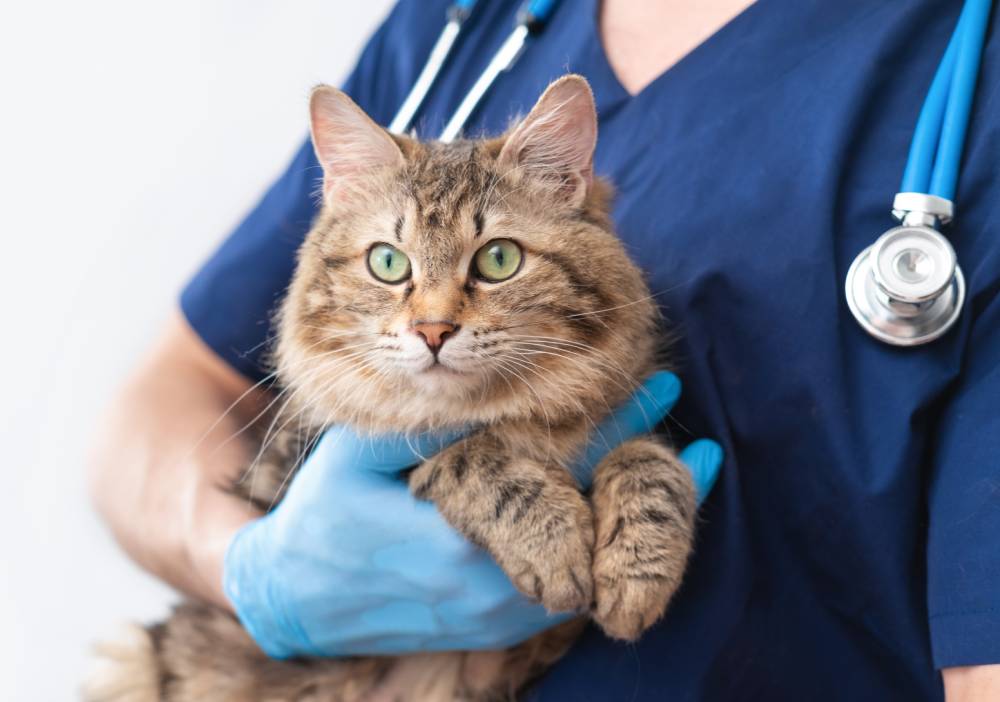
2. Idiopathic Cystitis
Feline idiopathic cystitis is a diagnosis vets arrive at when other issues have been ruled out. The bladder becomes inflamed but without an infection present. Many of these kitties are stressed.
3. Kidney Failure
Cats that have kidney failure may also develop urinary tract infections. Even if those infections resolve, you might see your cat urinate frequently and outside the litter box. These cats produce more urine so that they may have accidents.
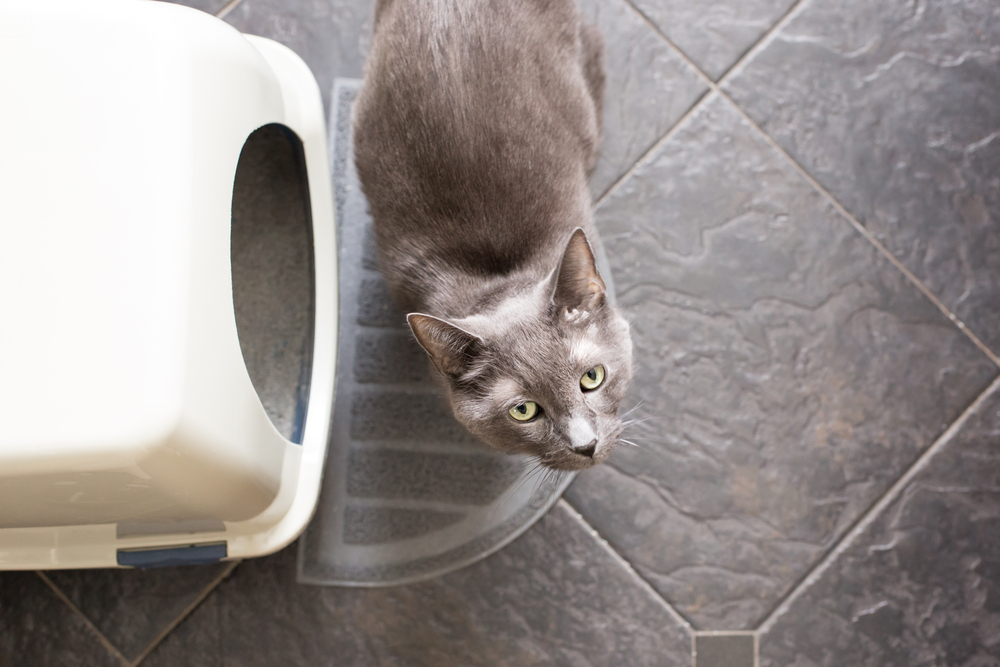
4. Diabetes
With diabetes, cats tend to have large amounts of glucose or sugar in their urine. Bacteria that get into the urinary tract feed on these sugar molecules and can cause recurrent UTIs.
5. Bladder Stones
Your cat might form bladder stones with a UTI. If you try dissolving the stone by changing the cat’s food, you could release bacteria back into the bladder as the stone dissolves. Even without bacteria, the rocks can become very abrasive to the bladder walls, causing pain, frequent urination, and hematuria or blood in the urine.
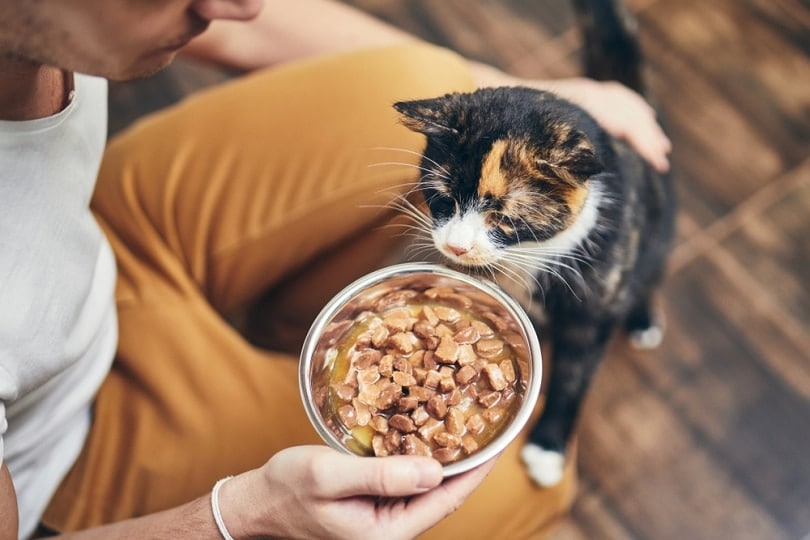
6. Bladder Cancer
Bladder cancer in cats is less common than in dogs, but it is still a possibility. Often, cats with bladder cancer have bloody urine or blood clots, and they can have urinary tract infections that occur frequently because the bladder’s normal protective mechanisms often don’t function normally with an irregular bladder wall.
Signs of Urinary Tract Disease in Cats
There are plenty of different ways your cat might express their urinary tract disease signs:
- Pollakiuria (frequent urination)
- Hematuria (bloody urine)
- Inappropriate urination, such as outside the litter pan or sprayed along the wall
- Excessively licking genitalia
- Vocalizing when attempting to urinate
- Unable to urinate (blocked)—this is an emergency
Some cat litters have indicators that change when exposed to different compounds, such as changing color in the presence of blood.
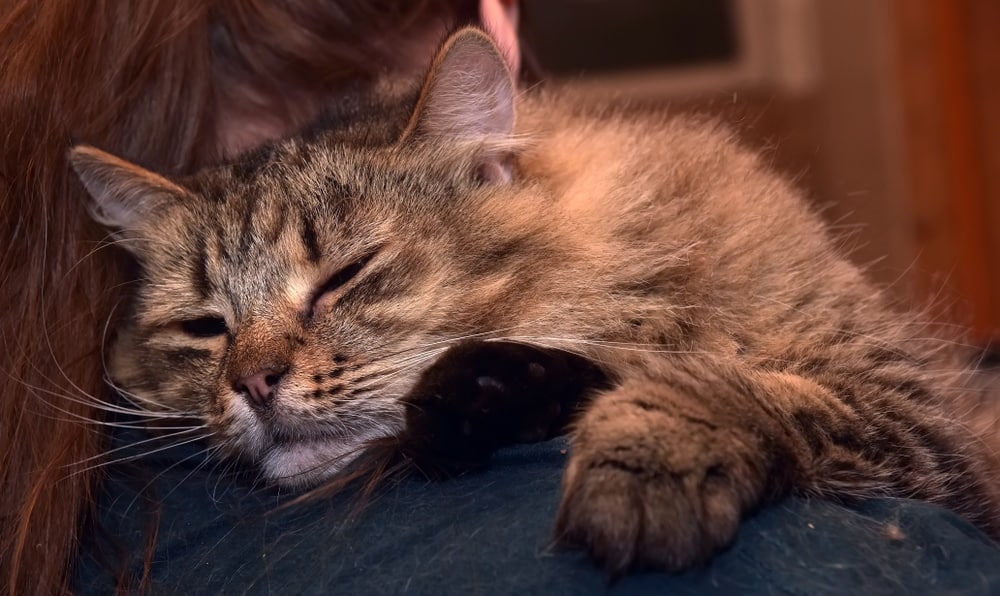
Diagnosing Your Cat’s Urinary Issue
It’s time to go back to your veterinarian if your cat’s urinary signs haven’t improved after several days of antibiotics. Your veterinarian will likely repeat a urinalysis to see if the infection has cleared up. If not, they’ll send a urine sample for culture and sensitivity testing.
Blood work is helpful at this time to rule out underlying issues, such as diabetes and kidney failure.
Your vet will likely recommend diagnostic imaging. A bladder ultrasound allows your vet to look for evidence of bladder cancer, wall thickness and shape changes, and even some stones. Radiographs (X-rays) help rule out most stones, although some are not radiopaque and won’t appear on X-rays.
Treatment for Your Cat’s Urinary Problems
Suppose initial therapy for a urinary tract infection didn’t resolve with antibiotics. In that case, your vet will likely recommend a multi-targeted approach.
1. Diet
Food changes will sometimes alleviate urinary signs. Hill’s c/d Multicare Stress reduces stress and dissolves certain crystals. Kidney support diets are vital to maintaining a kidney failure kitty’s kidney function for as long as possible.
Feeding your cat a high-quality diet is important for keeping them healthy and happy. But it goes beyond the food you choose; the dishes they use also matter. The Hepper NomNom Cat Bowl is our favorite for its unique, five-star design that protects from whisker fatigue and promotes good posture which also aids in better digestion. As an added bonus, it’s beautifully crafted and offers a modern take on the traditional cat bowl that fits seamlessly with all home stylings. Learn more about the NomNom by clicking here. At Catster, we’ve admired Hepper for many years and decided to take a controlling ownership interest so that we could benefit from the outstanding designs of this cool cat company!
2. Surgery
Many bladder stones need to be surgically removed from the bladder. Your vet can help you decide if your cat would be better off attempting food dissolution or a cystotomy to remove the stones.
3. Reduce Stress
If your veterinarian suspects feline interstitial cystitis, you’ll need to try to reduce your cat’s stress levels. Feliway, a pheromone product, helps reduce anxiety and inappropriate urination. Medications like fluoxetine may also help.
Those caring for anxious cats understand the struggles and discomfort that their companions feel on a daily basis. The innovative bowl shape of the Hepper Nest Bed provides nervous pets with support and its high sides offer a sense of security, diminishing stress and worry. To learn about how to the Hepper Nest can provide solace to your cat, click here.
At Catster, we’ve admired Hepper for many years and decided to take a controlling ownership interest so that we could benefit from the outstanding designs of this cool cat company!
4. Medications
Your veterinarian may prescribe a different, more targeted antibiotic based on the urine culture results.
If your cat is uncomfortable urinating, your vet might prescribe anti-inflammatory medications like Onsior or Meloxicam. The vet could also recommend prazosin, an antispasmodic to help the urethra.
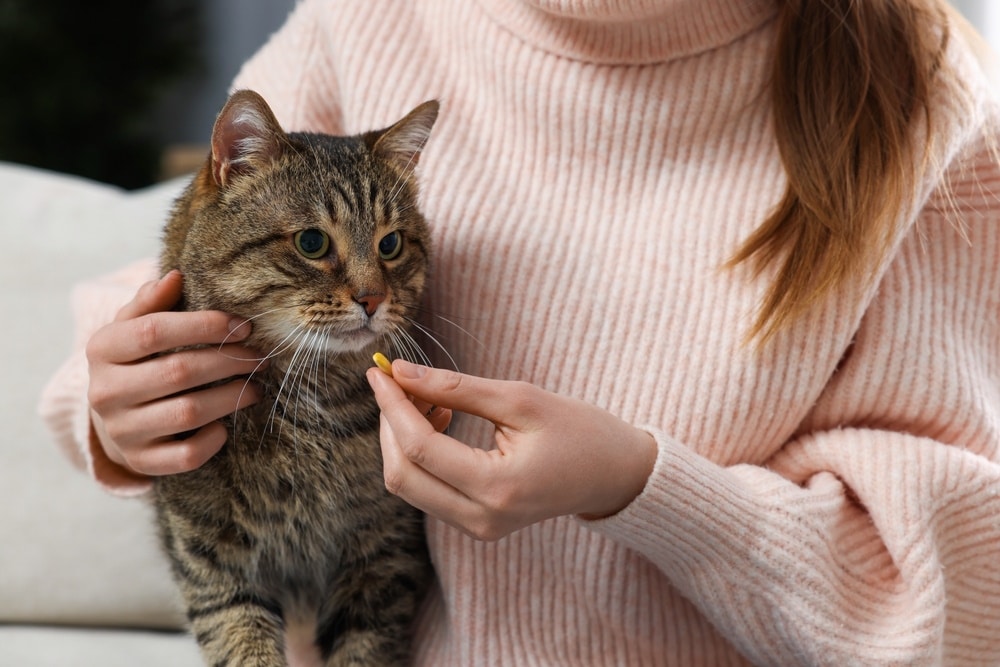
Frequently Asked Questions (FAQ)
How long does a cat’s UTI take to clear up with antibiotics?
Most cats with a bacterial UTI will clear up and stop showing signs of an infection within a few days of treatment. It can take longer if there are complicating factors, such as bladder stones or diabetes.
Can a UTI cause kidney failure in cats?
If the infection is left untreated for an extended period, bacteria could travel to the kidneys and cause a severe and difficult-to-treat infection called pyelonephritis. Eventually, sepsis can cause the kidneys and other organs to shut down.
Conclusion
If your cat shows signs of a UTI that won’t clear up with treatment, it’s time for your veterinary team to investigate more. Your cat could have a condition like feline idiopathic cystitis that needs a multimodal treatment approach.
Featured Image Credit: nanniezwawa, Shutterstock

